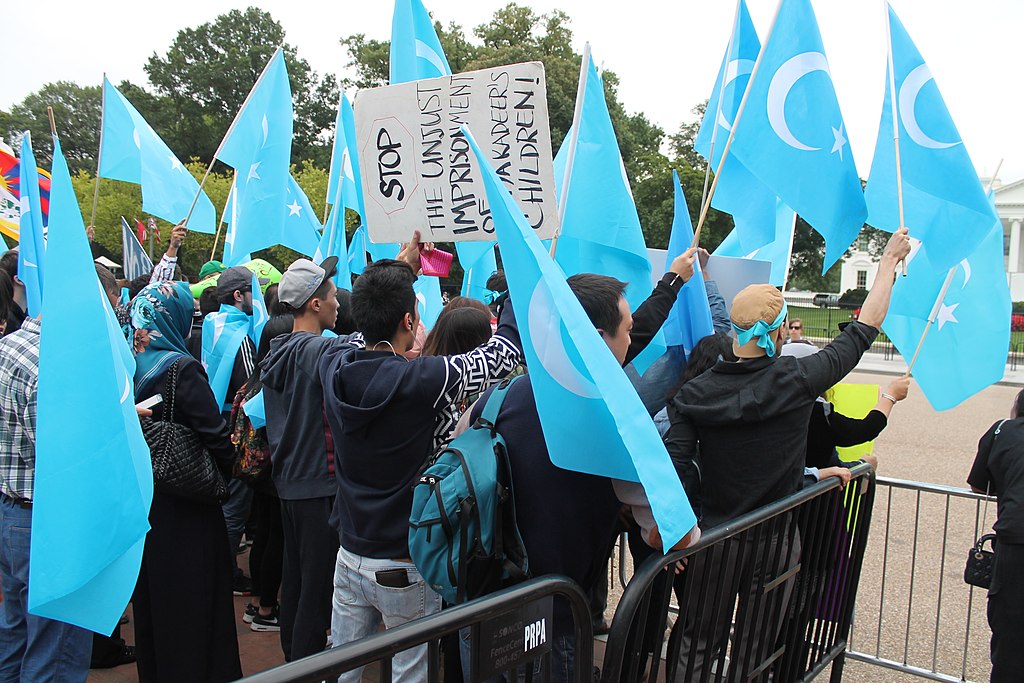
More evidence to add to the pile.
Good news for people who like bad news: Last week, researchers in the United Kingdom released a report examining Chinese government-run labor programs that service the industries in the solar panel supply chain that runs through the Xinjiang Uyghur Autonomous Region, and the conclusions are dismaying.
“The government claims that these programmes (sic) are in accordance with (People’s Republic of China) law and that workers are engaged voluntarily, in a concerted government-supported effort to alleviate poverty,” reads the report’s summary:
However, significant evidence – largely drawn from government and corporate sources – reveals that labour transfers are deployed in the Uyghur Region within an environment of unprecedented coercion, undergirded by the constant threat of re-education and internment. Many indigenous workers are unable to refuse or walk away from these jobs, and thus the programmes are tantamount to forcible transfer of populations and enslavement.
In Broad Daylight: Uyghur Forced Labour and Global Solar Supply Chains
Well, there’s no two ways around it: That sucks. China dominates the manufacture of solar panels, which are the kind of thing you’d want to put on the roof of your house if you want to reduce your electric bill, lower your carbon footprint, or simply prep for doomsday. If you’ve purchased any recently, there’s a good chance they came out of a supply chain with the stain of forced labor on it. And that’s a stink that is hard to wash off.
But this is not exactly news. The problems in China’s solar panel industry are well-documented. Another research group, Horizon Advisory, released a paper just this January detailing the use of forced labor to make Chinese solar panels. Labor watchdogs have testified before the U.S. Congress to that effect; one told a Senate committee in March that forced labor – in Xinjiang and around the globe – is a “feature, not a bug” in many supply chains. And our own Brian Lombardozzi was writing about this all the way back in 2014, when he argued that “the proliferation of cheap Chinese solar panels depends on more than just government support. The low price relies on China’s notoriously poor environmental protections, and the dangerous working conditions in its mines and factories.”
Meanwhile: This study out of the UK is, of course, a third-party report. Well-cited as it is, the Chinese government doesn’t let independent researchers and watchdogs into factories and “vocational education and training centers” to verify anything. But it should be added to the growing pile of evidence that the Chinese government is using minorities under threat to staff factories in a burgeoning green energy industry.
